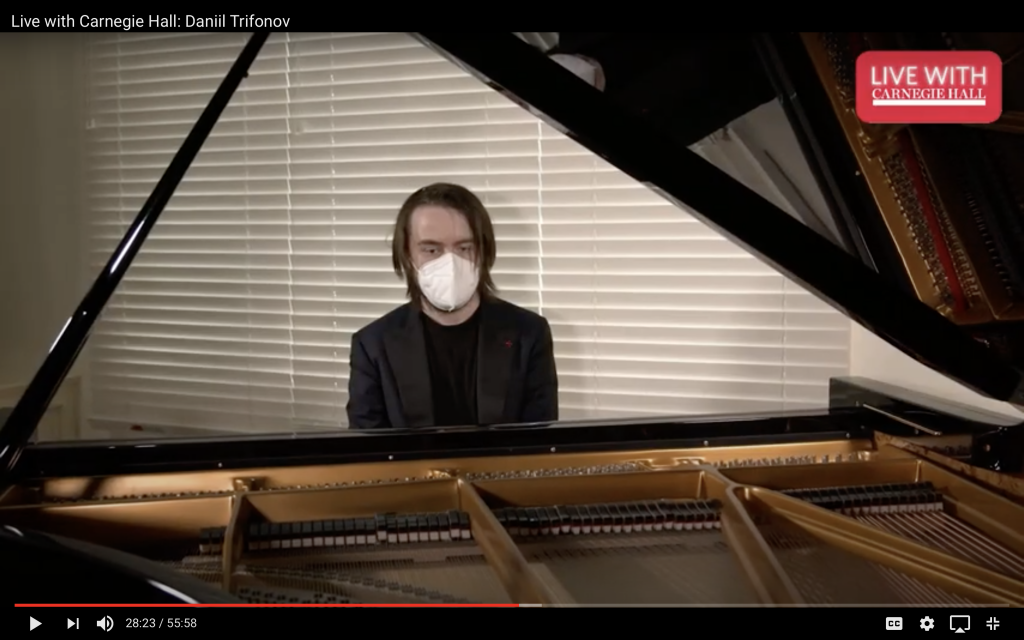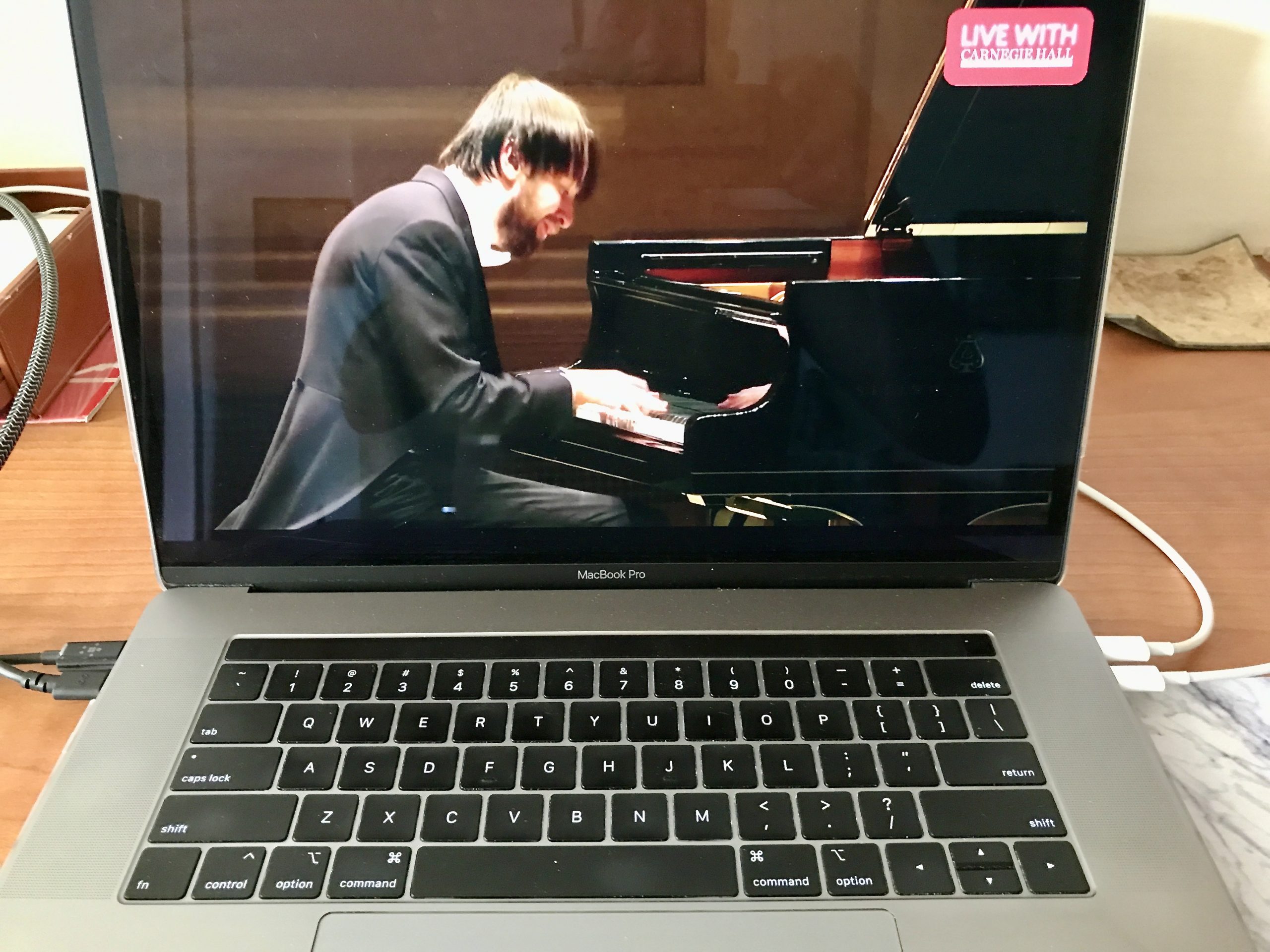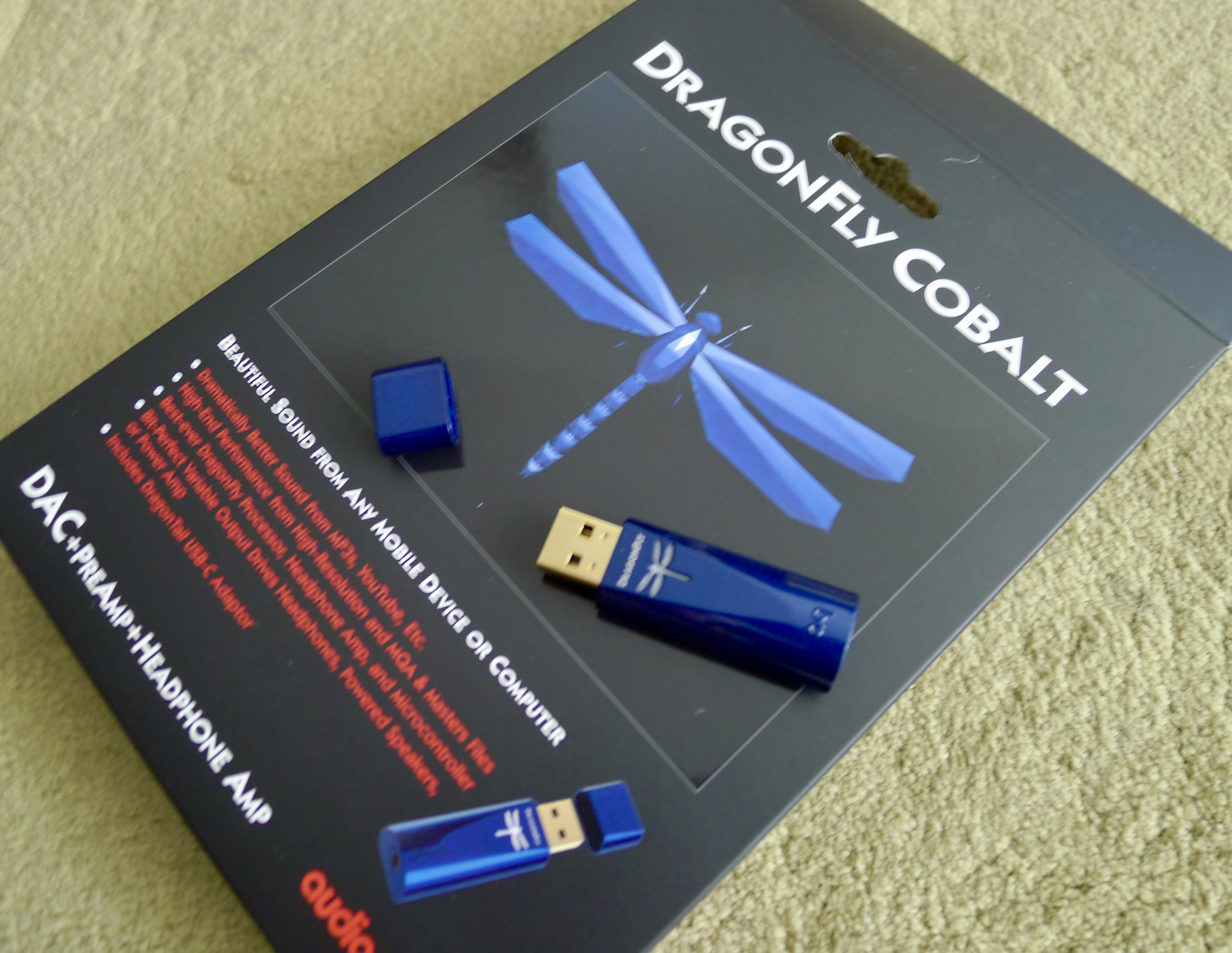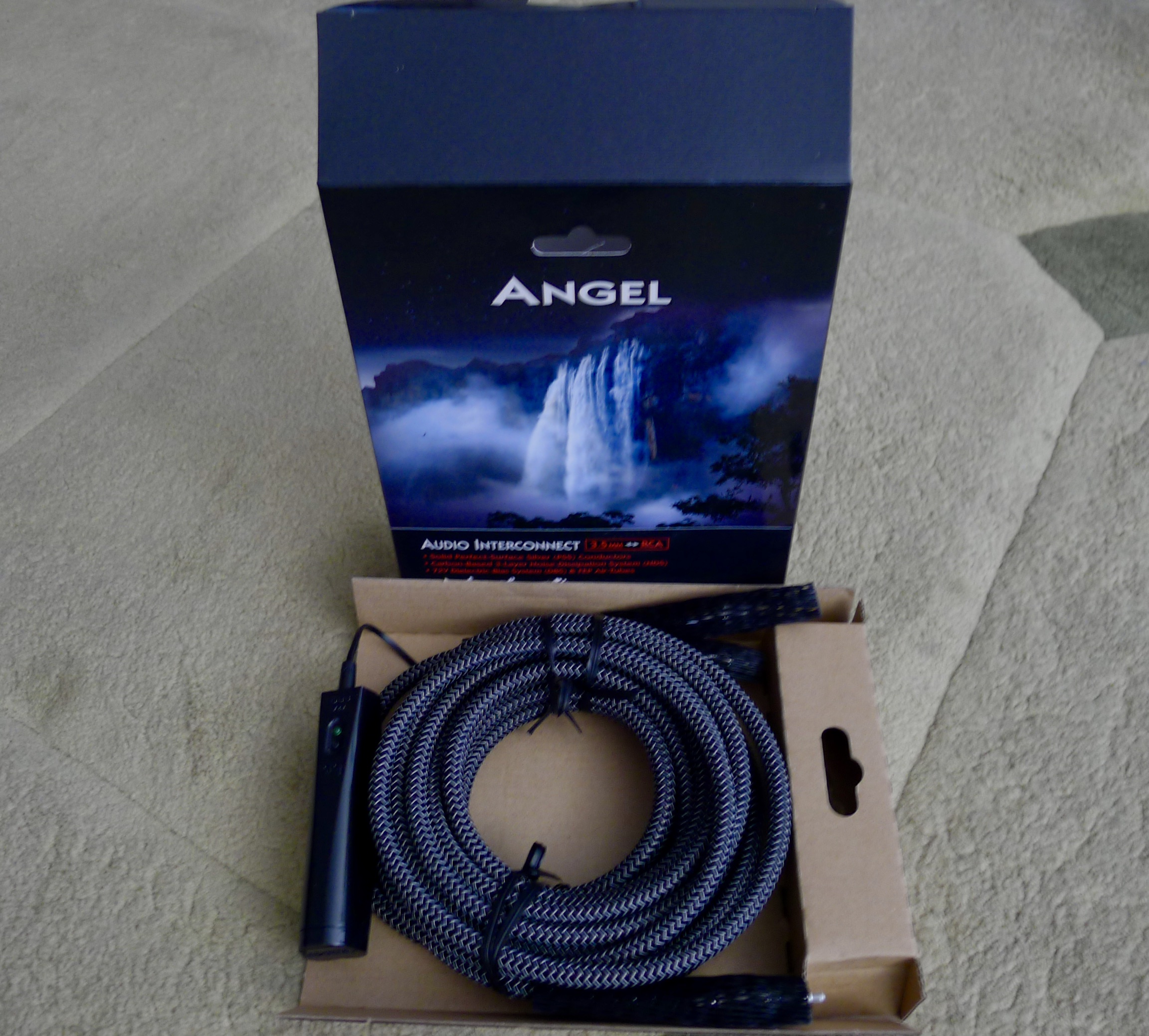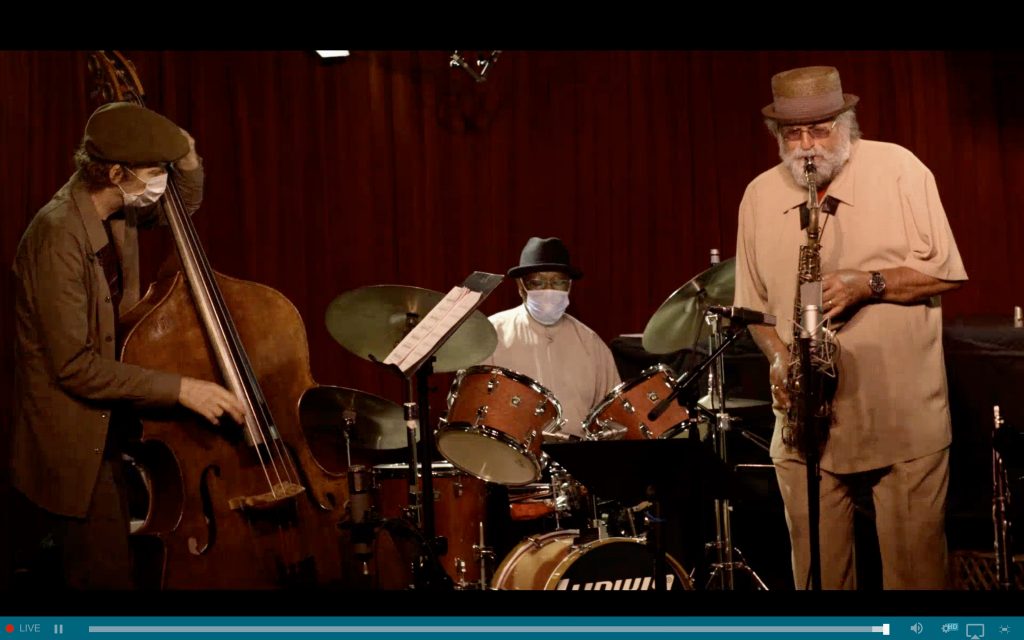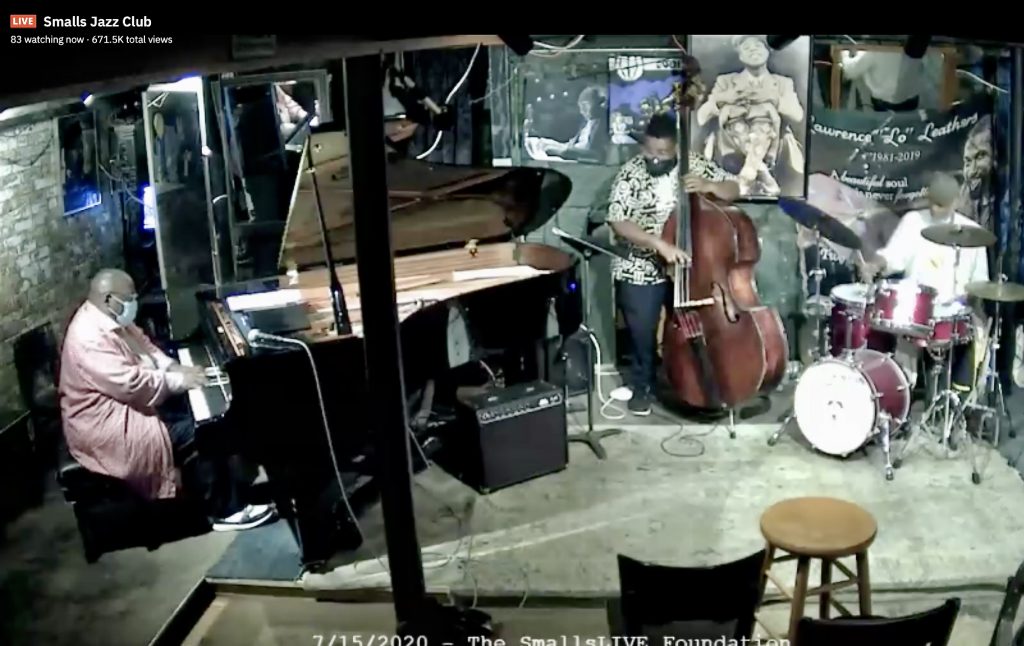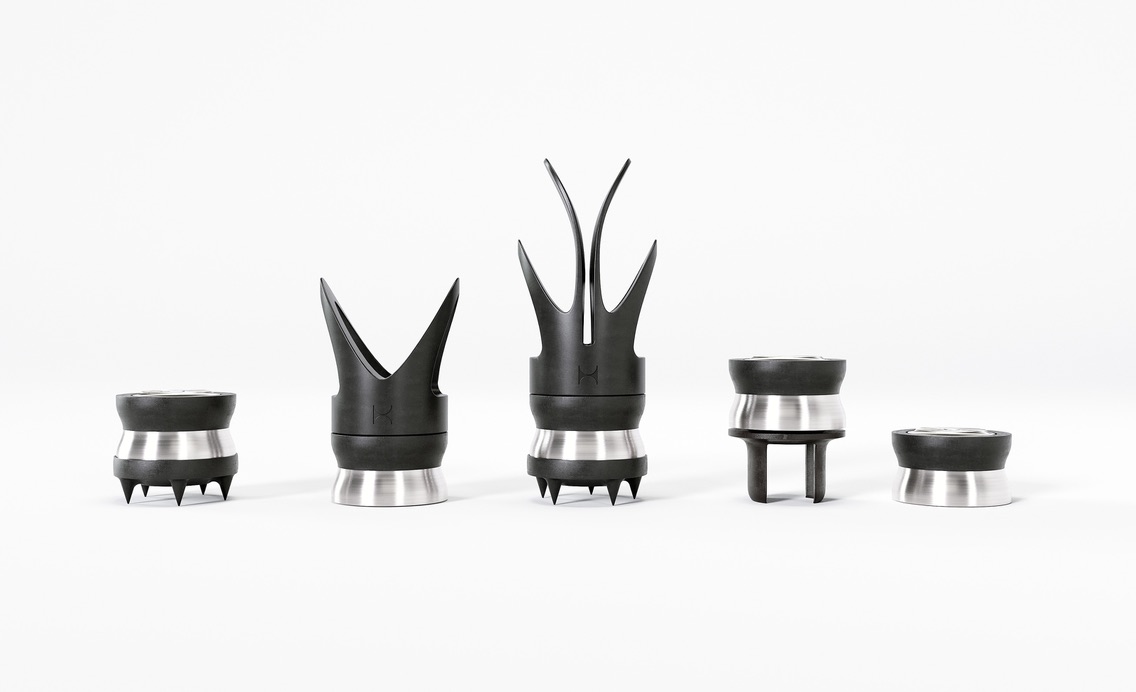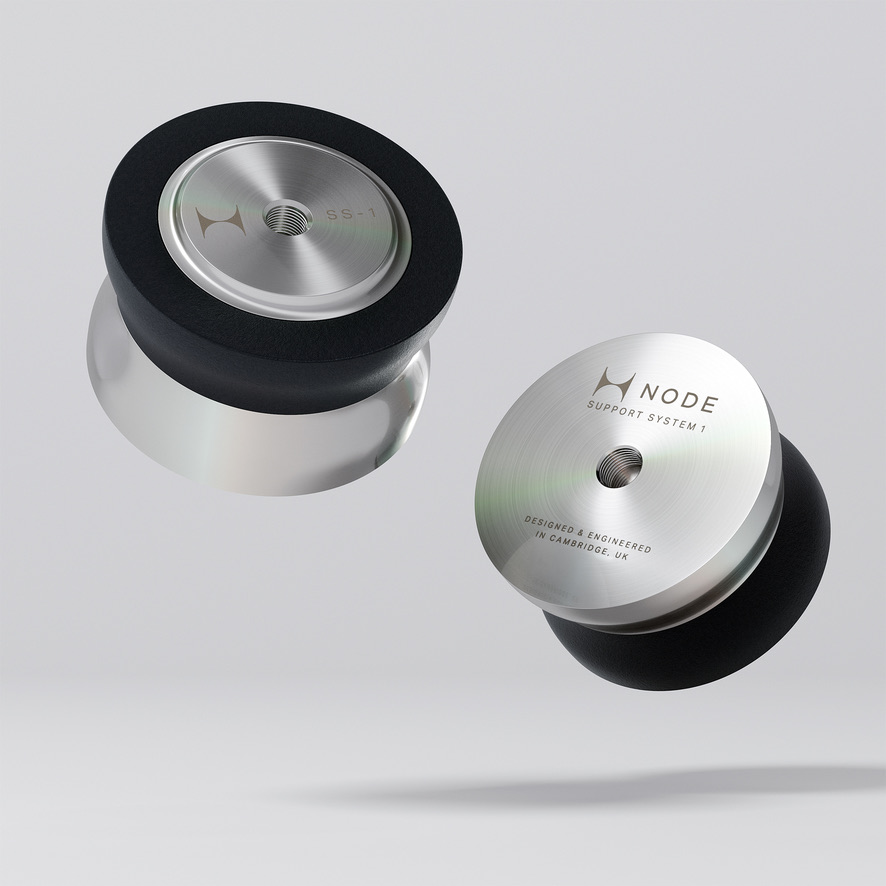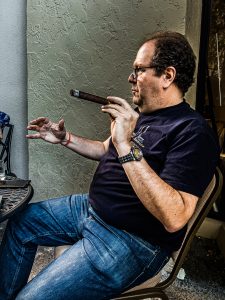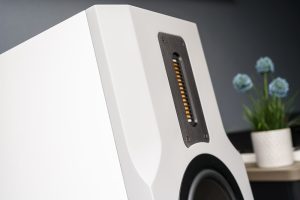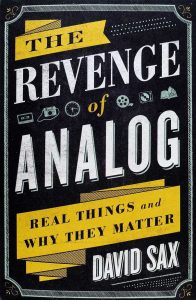We are now four months into New York State's pandemic lock-down. The days pass, every one feels like a Saturday. There's nothing on my calendar except a couple of repeating Zoom sessions—all our entertainments have been zapped. (I know: if that's the worst of it, I shouldn't complain.)
The free time hangs heavy; you adjust as best you can. These conditions are especially rough for extroverts, but for introverts who are open to it, it presents a beautiful opportunity: the possibility of living outside time, free of the constraints of a schedule. This idea was inconceivable when I was employed and had a calendar full of cultural events. But I digress.
Many cultural institutions have rushed to fill the void, and I've tuned in for a number of music and dance live streams. Generally, there's a box with a person in it, times two or three boxes that fill up your screen. The boxes interact serially: meanwhile, the video suffers Zoom-lag; the audio is low-fi. This programming only emphasizes the artists' isolation, their remoteness from each other, and the make-do nature of the whole enterprise. After the novelty wears off, there's no point.
A New Paradigm
A beacon of light arrived in an email announcing Live Streaming At The Vanguard. The fabled Village Vanguard jazz club has lined up gigs with their usual roster of first-rank artists. They will be live streamed, but with a difference: all the musicians will be together, on stage, in real time. This is 50% closer to the bygone experience. (The other 50% will be attained when the audience can again fill the house.)
"We're very excited to present The Billy Hart Quartet featuring Mark Turner, Ethan Iverson, and Ben Street as our very first livestream…" The ticket price was only $7 and, wanting to support them, I bought one, eagerly anticipating the new format. I hoped there would be a live camera crew, rather than fixed camera positions. As for the audio quality, my guess is as good as yours.
The video was fine. Three cameras presented a variety of vantage points, some close-up or from the side that you would never glimpse sitting in the audience. The audio through my MacBook Pro laptop's built-in speakers was not. It may be okay for Zoom instructional sessions, but don't expect an audiophile to groove to music played back at the level of a table radio. I wasn't going to pay for that experience!
So what were my options? The easiest remedy would be to port the audio from the Mac's headphone jack to the big rig's preamp and play it through my main speakers. (Only later did it occur to me I could run a long USB cable from the Mac to my CH C1 DAC, but we'll save that for another time.) It would be easy and cheap to get a cable at Best Buy. Then again these pandemic conditions may persist for a while. When will live audiences return to jazz clubs and concert halls? I don't see that happening in the near term. I do see the Vanguard's model being widely adopted. If this is the best we can do for the next year or so, investing in a good cable was beginning to look attractive.
These ruminations led me to inquire with AudioQuest's Isaac Markowitz about something suitable. "You can go that route, but I have a much better alternative. I will send you an Angel interconnect cable, plus a DragonFly USB DAC. Everybody's been raving about the DragonFly. You'll get to hear it and then you could compare it to the Mac's built-in DAC. The Angel cable will take the feed to your preamp for both options."
USB DAC + Preamp + Headphone Amp
Hmm…brave new world for me. I don't dwell in the mass market very often. This would address my cable requirement and give me an opportunity to hear a best-selling, consumer-grade DAC. I signed on immediately. Isaac made clear upfront that the DragonFly should not be compared to my reference DAC, the CH Precision C1. The DragonFly Cobalt (MSRP $299) was designed to be a portable upgrade for the built-in DAC in your iPhone or home computer.
Installation
I let the DragonFly and Angel cable combo burn-in for a week, checking in occasionally. The Angel ran 18': from my desk, along the length of the room, and into the RCA jacks of the CH L1 Preamp. It also saw time burning-in the Mac's headphone jack. Sunday was coming up fast and I was eager for the next Vanguard Livestream featuring the eminent saxophonist Joe Lovano and his Trio Fascination.
La Musica Jazz
Yeah! First I ran the audio without the DragonFly, using the MacBook's headphone jack via the Angel cable into the big rig. Well, I can't tell you what the Angel cable was contributing because I had nothing to compare to, but the experience was very different. With the sound coming through the main speakers and pressurizing my room, I now had an acoustic cousin to being in the Vanguard. It was such an improvement, I started thinking about tickets for upcoming gigs. When I slipped in the DragonFly (which glowed green), everything grew so much bigger and weightier, and it became full range. The DragonFly Cobalt supports the following sample rates indicated by its LED color: Standby (Red); 44.1kHz (Green); 48kHz (Blue); 88.2kHz (Yellow); 96kHz (Light Blue); MQA (Purple).
La Musica Classique
Another day I tuned in to Carnegie Live for their weekly symphonic concert in partnership with medici.tv. (This is "streaming on demand" of a previously recorded performance, not real-time like the Vanguard events.) Alan Gilbert conducted the NY Phil with Evgeny Kissin as guest soloist. I repeated the A/B, starting with just the Angel cable on the headphone jack (no DragonFly). My smile disappeared fast—too many issues were up front: frequency response was lumpy and far from linear; dynamics were severely compressed; furthermore, it was lean and edgy. Ugh, not pleasant!
I inserted the DragonFly Cobalt. (It glowed green again.) The DragonFly addressed most of the issues: frequency response smoothed, body fattened up enough to dispel the edgy leanness, and it latched onto some serious low-end. The best aspect of the DragonFly was its surprisingly good frequency integration and coherency. It was easy on the ear, with a voicing akin to the set of AQ Dragon power cords I have on the floor at the moment. That was a very nice surprise. With a product at this price point, I was mostly fearful that it would be either amusical or produce "audiophile" sound. Rest assured, the DragonFly Cobalt avoided any obvious sins of commission.
Cyrus Chestnut Trio at SmallsLIVE club
Conclusion
There's no substitute for being there—live is always better than virtual. (Spoken like a true Boomer, you say? But maybe this notion is something one can no longer take for granted.) Due to the pandemic, with the preferred option off the table, the best we can do right now is the Village Vanguard model with the musicians on stage, interacting "in the moment". It brings you 50% closer to the bygone experience. (The other 50% will be attained when the audience is allowed to return.)
Some of the vibe manages to travel over the internet even when the medium is a humble MacBook Pro laptop. It's okay, but decidedly low-fi. You can do better in every way. I don't mind the video display on my MacBook; optionally, you can port that to a larger, better quality screen. The sound, however, demands to be dealt with. You'll get more of the vibe with every upgrade you make to the audio. Upgrade the DAC and the cable, if you haven't already, and run it into your audio system. It all improves the experience. I'm waiting for some parts and then I'll try hard-wiring the internet connection to my Mac with Ethernet cables. I'm told it's guaranteed to be better than the WiFi I am using now.
I was ready to give up on live streaming. Then, for not a lot of money, the DragonFly Cobalt USB DAC (plus Angel interconnect) rebalanced the equation. Now I'm filling up my calendar with upcoming events.
This is the paradigm for entertainment now. Think of the unique side benefits: you can talk all you want during the performance; you can run to the fridge for a beer or snack; and, if the show gets boring, maybe you can do those dishes in the sink.
DragonFly Cobalt USB DAC
Retail: $299
Angel Analog Interconnect
Retail: $1199/m
AudioQuest
Streaming Resources
Here's a great source of jazz live streams to check out: SmallsLIVE club in the village.
Live Streaming at the Village Vanguard
www.villagevanguard.com/live-stream/
Carnegie Hall




